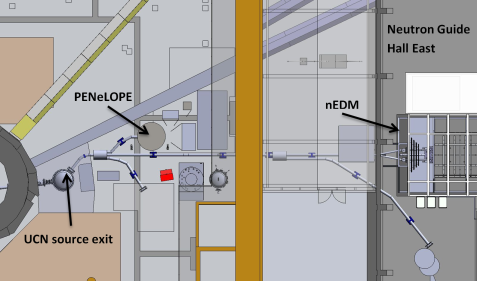MLZ is a cooperation between:
 > Technische Universität München
> Technische Universität München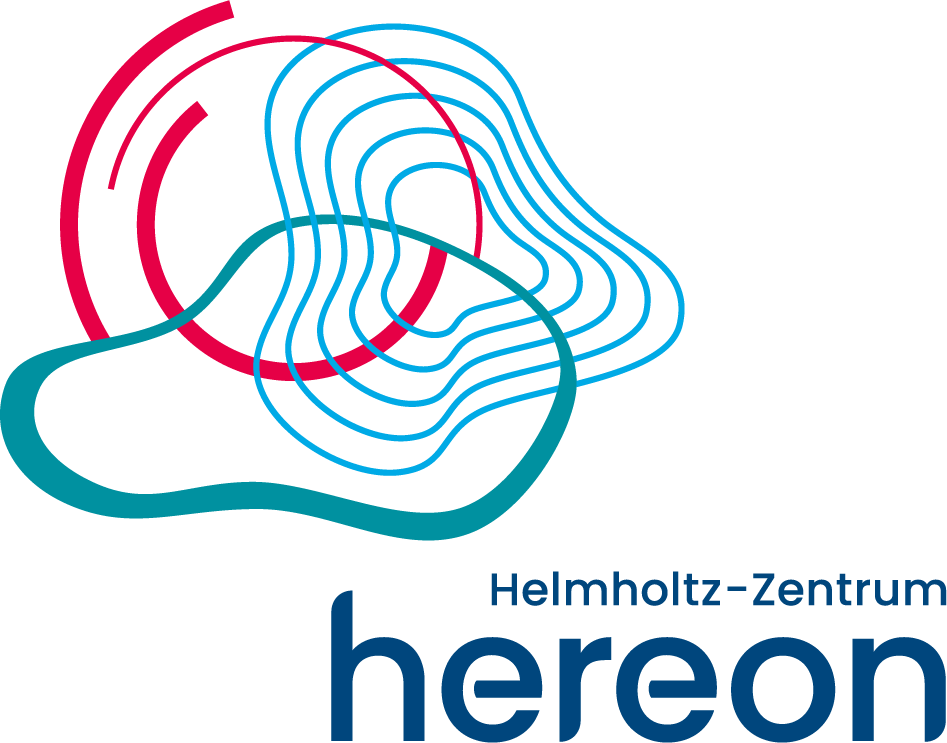 > Helmholtz-Zentrum Hereon
> Helmholtz-Zentrum Hereon
 > Forschungszentrum Jülich
> Forschungszentrum Jülich
MLZ is a member of:
 > LENS
> LENS > ERF-AISBL
> ERF-AISBL
MLZ on social media:

MLZ (eng)
Lichtenbergstr.1
85748 Garching
PENeLOPE (under construction)
A Precision Experiment on Neutron Lifetime Operating with Proton Extraction
The lifetime of the free neutron is an important parameter in the Standard Model of Particle Physics and in Big Bang cosmology.
Large discrepancies between the recent most precise measurements have forced the PDG (Particle Data Group) to lower the world average and increase the error budget several times in the last two years to
The goal of PENeLOPE is to determine the neutron lifetime with statistical and systematic errors smaller than
The UCN, coming from the UCN source that is currently under construction, are polarised using a magnetised foil and guided into the storage bottle. A magnetic field produced by several normal conducting coils preserves their polarisation. In the storage bottle, UCN with energies higher than the trapping potential are removed by an absorber.
After this spectrum cleaning phase, the superconducting coils in the wall of the bottle are energised. The large magnetic gradients keep the neutrons from hitting the wall, eliminating wall losses completely.
Due to gravity, the UCN cannot “jump” out of the trap, and the top can be left open to mount a detector to directly register the decay products, protons and electrons during storage.
After a given storage period, the coils are ramped down again, and the remaining neutrons are counted in a UCN detector. This can be done for different storage times, giving a second measurement of the lifetime.
This combination of two complementary measurement techniques and low systematic errors should allow PENeLOPE to reach unprecedented precision.
Storage Bottle
- Volume: 500 l
- Trap depth: 80 neV
- Up to 107 stored UCN
- Ultra-high vacuum < 10-8 mbar
Magnet
- 28 superconducting coils, operated at
4.2 K - Minimum field at storage volume walls:
1.8 T - Maximum field: 5.5 T
- Ramp speed: 3 A/s
- Liquid Helium inventory: 400 l
Proton/Electron detector: ADPs
- Electrons: < 782 keV
- Protons: < 750 eV
- High voltage for proton post acceleration:
> 25 kV - Temperature: 77 K
- High magnetic field: 0.5 T
- Area: 0.24 m²
Instrument scientist
Prof. Dr. Stephan Paul
Phone: +49 (0)89 289-12571
E-Mail: stephan.paul@tum.de
Operated by
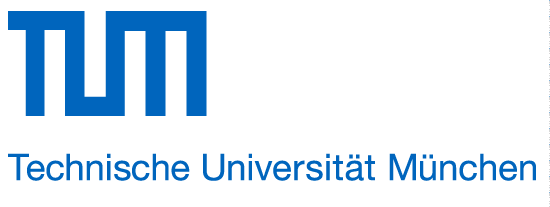
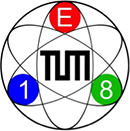

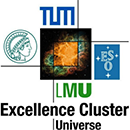
Publications
Find the latest publications regarding PENeLOPE in our publication database iMPULSE:
Gallery



MLZ is a cooperation between:
 > Technische Universität München
> Technische Universität München > Helmholtz-Zentrum Hereon
> Helmholtz-Zentrum Hereon
 > Forschungszentrum Jülich
> Forschungszentrum Jülich
MLZ is a member of:
 > LENS
> LENS > ERF-AISBL
> ERF-AISBL
MLZ on social media:



